PMIC TLF35584 Datasheet, Features, and Applications
Power management is crucial in automotive systems to ensure efficient energy use and optimal performance of various components. It involves regulating voltage levels, controlling power consumption, and managing power distribution to different vehicle parts. Automotive power management faces challenges such as varying voltage levels from the battery, fluctuating loads from different components, and the need for high efficiency to conserve energy and reduce heat generation. Ensuring reliability and safety under harsh environmental conditions is also a challenge.
The TLF35584 is a versatile and high-performance automotive power management IC designed to meet the demanding requirements of modern vehicles. It plays a vital role in automotive power management by providing advanced features such as voltage regulation, current monitoring, and thermal protection. It helps address the challenges by efficiently managing power distribution, ensuring stable voltage levels, and protecting components from damage. This article delves into the ultimate TLF35584 pinout, features, schematic, applications, and datasheet guide. Everything you need to know about this automotive power management IC.

Overview of TLF35584
The TLF35584 is a multi-output system supply designed for safety-critical applications, providing 5 V or 3.3 V to microcontrollers (μC), transceivers, and sensors. It features an efficient and flexible pre-/post-regulator concept that operates over a wide input voltage range. The wide switching frequency range allows for optimization of efficiency and the use of small filter components. A dedicated reference regulator supplies the ADC independently from μC-load steps and serves as a tracking source for the two independent sensor supplies.
The TLF35584's flexible state machine, wake-up concept (including a timer), and standby regulator make it suitable for a wide range of applications. Its multiple safety features enable easy realization of ASIL-D compliance together with various microcontrollers. The TLF35584 is available in a small VQFN-48 package (QV version) suitable for automated optical inspection and also in an LQFP-64 package (QK version), both with enhanced thermal properties.
TLF35584 Features
- Efficient multi-voltage power supply chip
- Serial step-up and step-down pre-regulator for wide input voltage range from 3.0 to 40 V, offering full performance and low overall power loss
- Low-drop post-regulator 5.0V/200mA for communication supply (LDO_Com)
- Low-drop post-regulator 5.0V/600mA (TLF35584xxVS1) or 3.3V/600mA (TLF35584xxVS2) for µC supply (LDO_µC)
- Provides enable, sync out signal, and voltage monitoring for an optional external post-regulator for core supply
- Voltage reference 5.0V +/- 1% for ADC supply, with 150 mA current capability (Volt_Ref)
- Two trackers for sensor supply following voltage reference, each with 150 mA current capability (Tracker 1 and Tracker 2)
- Standby regulator 5.0V/10mA (TLF35584xxVS1) or 3.3V/10mA (TLF35584xxVS2) (LDO_Stby)
- Independent voltage monitoring block with reset function
- Configurable functional and window watchdog
- 16-bit SPI
- Safe state control with two safe state signals with programmable delay
- Input voltage monitoring with overvoltage switch-off
- RoHS-compliant (Green Product)
- ISO26262 compliant
- AEC Qualified
TLF35584 Block Diagram

TLF35584 Pin Configuration
PG-VQFN-48

PG-LQFP-64

Functional Range
| Parameter | Symbol | Values | Note / Test Condition |
| Supply Voltage Range for Normal Operation at input of the step-up converter | VBat | 3V - 40V | with step up pre regulator active in front of step down pre regulator |
| Supply Voltage Range for Normal Operation at pin VSx | VVS | 6V - 40V | without step up pre regulator active in front of step down pre regulator |
| Junction Temperature | T | -40°C - 150°C | - |
Operating Modes of TLF35584
The TLF35584 Power Management IC offers several operating modes to adapt to different system requirements and optimize power efficiency. These modes include:
- Normal Mode: In this mode, the TLF35584 operates under normal operating conditions, providing power to the system components based on their requirements.
- Standby Mode: The Standby mode is used to reduce power consumption when the system is not actively processing data or performing tasks. In this mode, the TLF35584 minimizes power output to the system, preserving energy.
- Sleep Mode: Sleep mode is a deeper power-saving mode than Standby mode. It further reduces power consumption by shutting down non-essential functions while maintaining the ability to return to normal operation quickly when needed.
- Low Power Mode: This mode reduces power consumption while the system is still operational but operating at reduced performance. It is useful in situations where power efficiency is more critical than performance.
- Shutdown Mode: Shutdown mode completely powers down the TLF35584 and disconnects it from the system, minimizing power consumption to almost zero. This mode is used when the system is not expected to be used for an extended period.
These operating modes of the TLF35584 provide flexibility in managing power consumption based on the system's operational requirements, helping to maximize energy efficiency and prolong battery life in portable devices.
TLF35584 Application
Engine Control Units (ECUs)
The TLF35584 is used in Engine Control Units (ECUs) to manage the operation of internal combustion engines. It helps regulate fuel injection, ignition timing, and other critical functions, ensuring optimal engine performance and efficiency.
Transmission Control Units (TCUs)
The TLF35584 is employed in transmission control units (TCUs) to control gear shifting and optimize transmission performance. It helps improve fuel economy and overall vehicle drivability.
Advanced Driver Assistance Systems (ADAS)
TLF35584 is involved in Advanced Driver Assistance Systems (ADAS) by providing power management for components such as cameras, sensors, and radar systems. It helps enhance vehicle safety by enabling features like lane departure warning and collision avoidance.
Electric Power Steering (EPS) Systems
Electric Power Steering (EPS) systems benefit from the TLF35584's power management capabilities to ensure precise and responsive steering control. Compared to traditional hydraulic systems, this helps improve vehicle handling and reduce the load on the engine.
Application Diagram

Application Example

Benefits of TLF35584 in Automotive Applications
Enhanced Power Efficiency
The TLF35584 offers high-efficiency power management, reducing energy consumption and heat generation. This leads to improved fuel efficiency in vehicles and longer battery life.
Improved System Reliability
With its advanced diagnostic and protection features, the TLF35584 enhances the reliability of automotive systems. It can detect and respond to abnormal conditions, preventing damage to components and ensuring uninterrupted operation.
Simplified Design and Reduced Component Count
By integrating multiple functions into a single IC, the TLF35584 helps simplify the design of automotive systems. This reduces the need for additional components, saving space and cost.
Enhanced Diagnostic and Protection Features
The TLF35584's diagnostic and protection features, such as voltage monitoring and thermal protection, help identify and mitigate potential issues before they cause system failures. This enhances the overall safety and longevity of automotive systems.
TLF35584 Package
PG-VQFN-48 Package Outline

PG-LQFP-64 Package Outline

TLF35584 Manufacturer
Infineon Technologies is a leading manufacturer of semiconductor solutions specializing in power semiconductors, sensors, and security solutions. With a focus on innovation and sustainability, Infineon serves a wide range of industries, including automotive, industrial, and consumer electronics. The company's products are known for their high quality, reliability, and performance, making them ideal for demanding applications. Infineon is committed to driving technological progress and shaping the future of the semiconductor industry with its innovative solutions.
TLF35584 Datasheet
Download TLF35584 Datasheet PDF.
Conclusion
In conclusion, the TLF35584 Power Management IC offers a comprehensive solution for managing power in electronic devices. With its various operating modes, high efficiency, and compatibility with automotive applications, the TLF35584 is a versatile and reliable choice for power management. Whether you're designing a system that requires efficient power delivery or looking to enhance the energy efficiency of your device, the TLF35584 provides the features and performance needed to meet your requirements.
Read More
FAQ
-
What is the maximum current rating of TLF35584?
60 V.
-
What is the maximum input voltage of TLF35584?
40 volts.
-
Can TLF35584 be used in hybrid and electric vehicles?
Yes, the TLF35584 is suitable for use in hybrid and electric vehicles (EVs). Its robust design and automotive-grade components make it well-suited for these vehicles' stringent requirements.
-
How does TLF35584 help improve automotive safety and reliability?
TLF35584 improves automotive safety and reliability by providing advanced diagnostic and protection features. It can monitor key parameters such as voltage, current, and temperature and take appropriate actions to protect the vehicle's electrical system from damage. Additionally, its high efficiency and low power consumption contribute to the overall reliability of the vehicle's power management system.
-
How does TLF35584 improve power efficiency?
The TLF35584 enhances power efficiency through its advanced power management features, such as low-power modes, voltage regulation, and current monitoring, optimizing power consumption in various operating conditions.
-
Is TLF35584 compatible with other Power Management ICs?
TLF35584 is compatible with other Power Management ICs that adhere to similar industry standards and communication protocols, allowing for integration into existing systems and designs.

 Prof. David Reynolds
Prof. David Reynolds
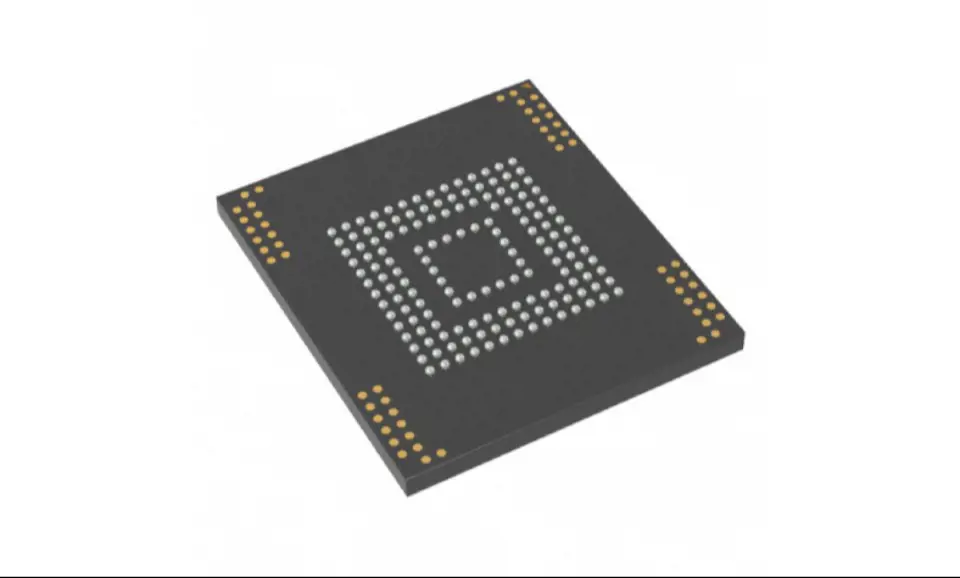
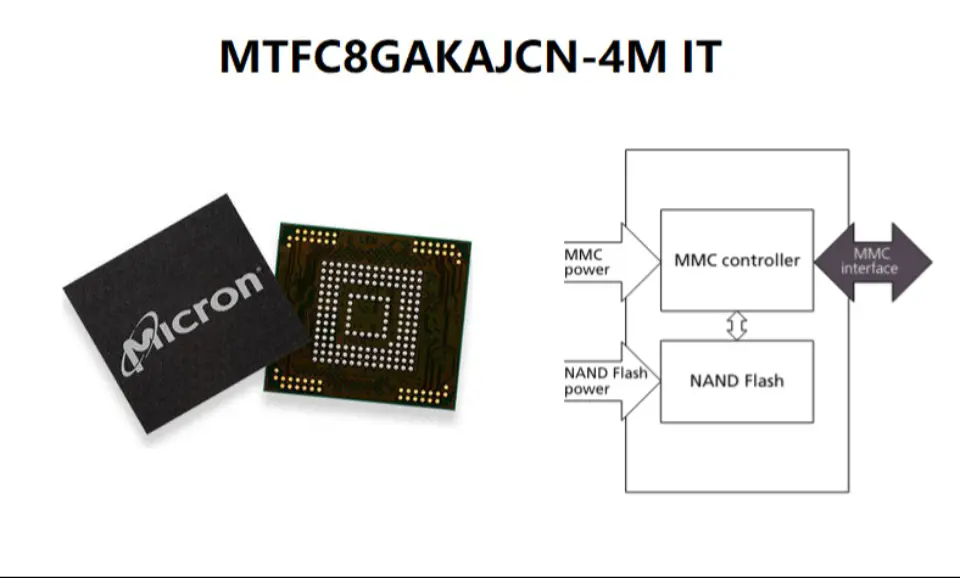
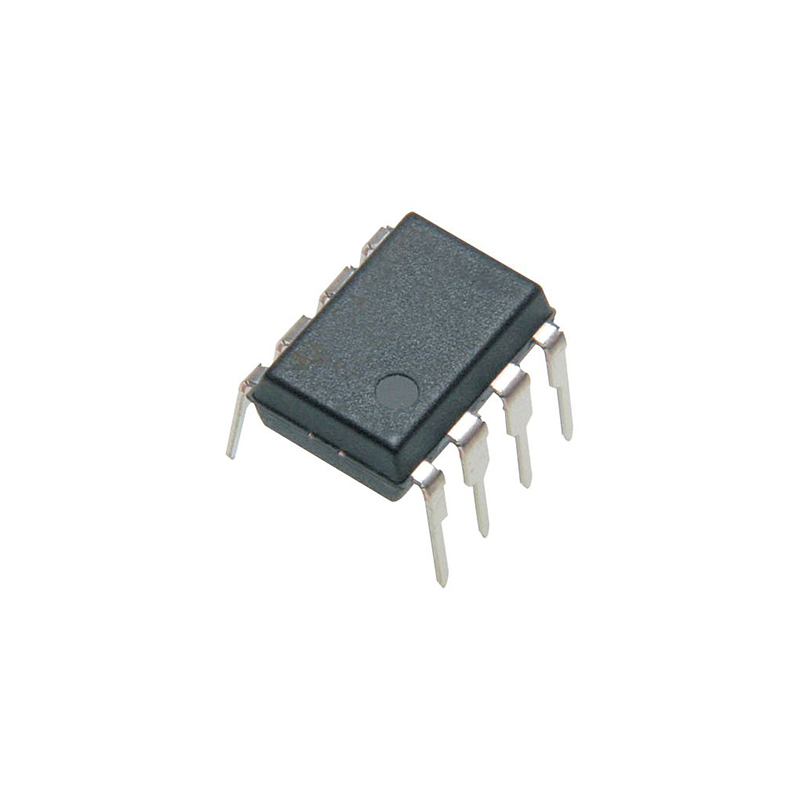
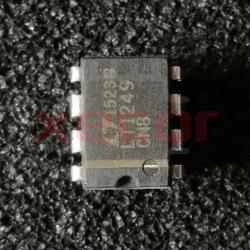
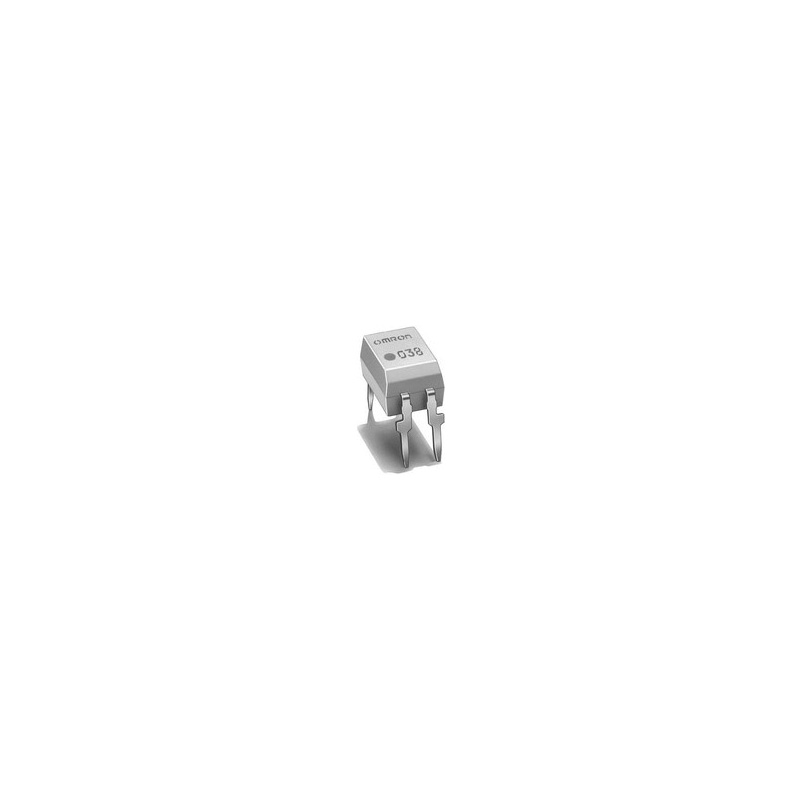
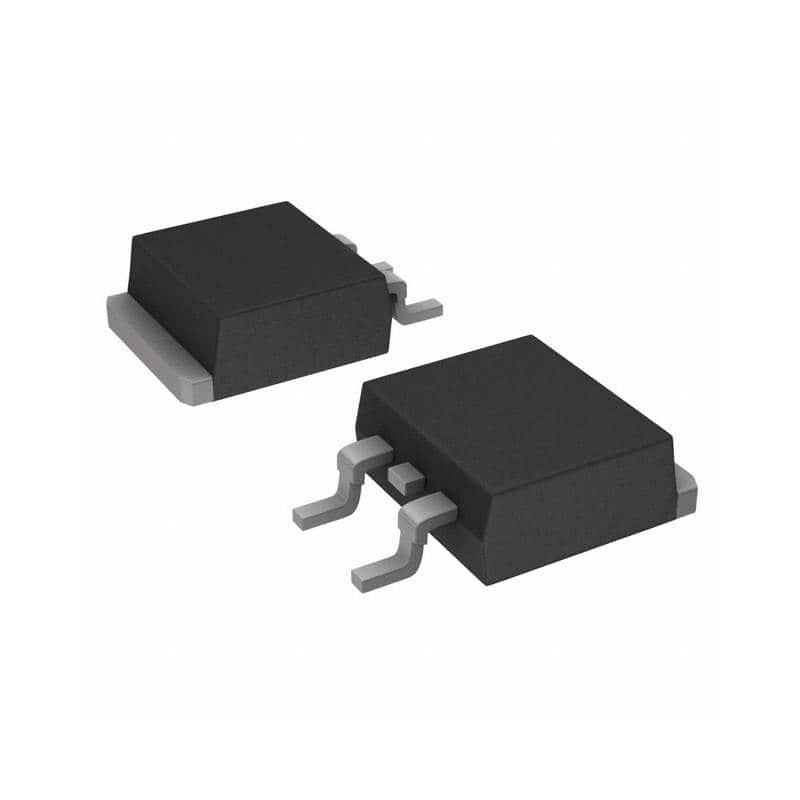
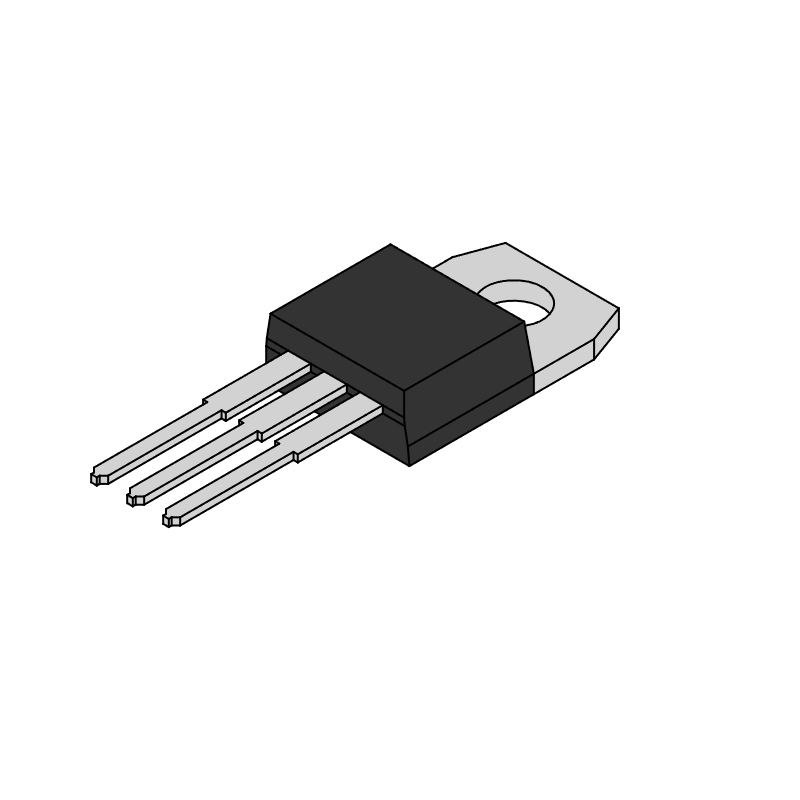
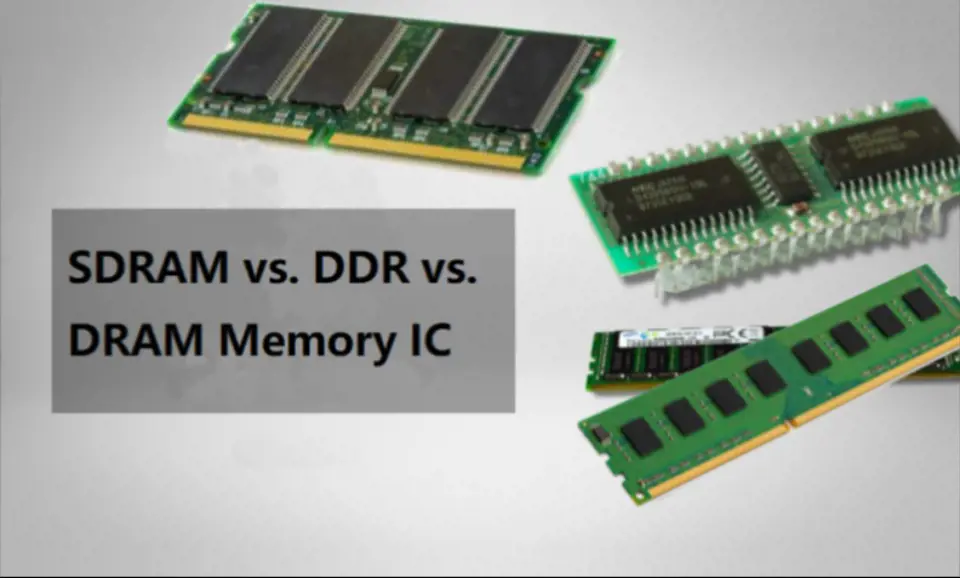
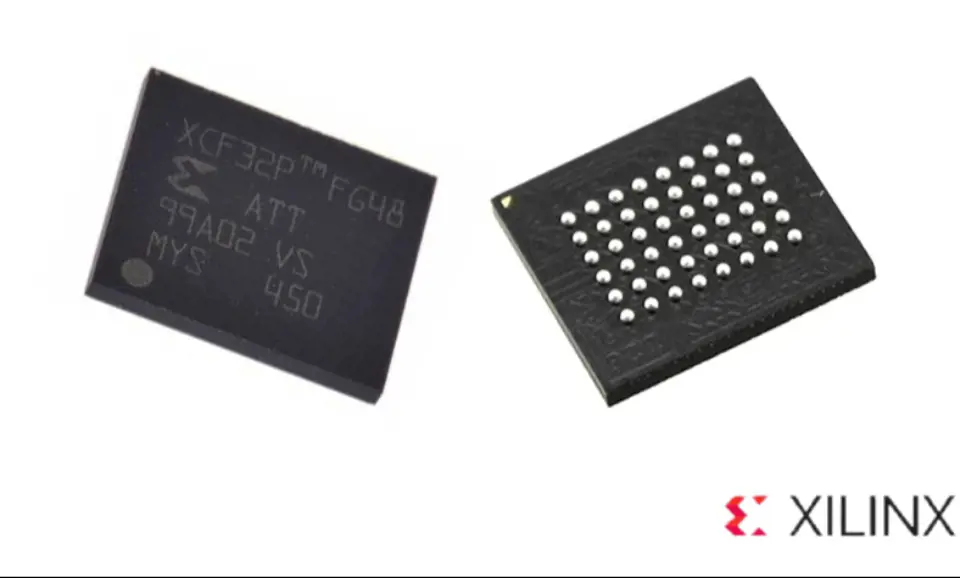
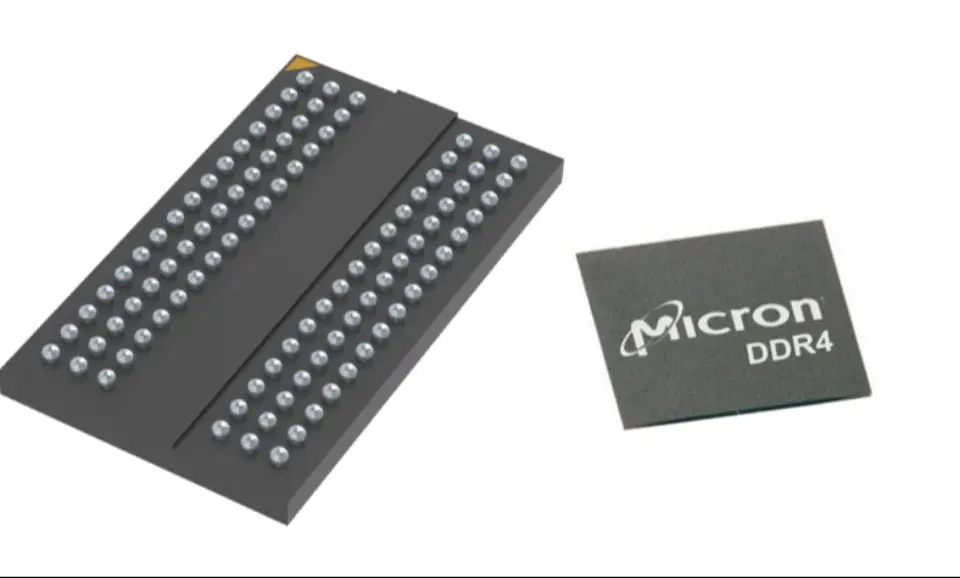
Still, need help? Contact Us: [email protected]